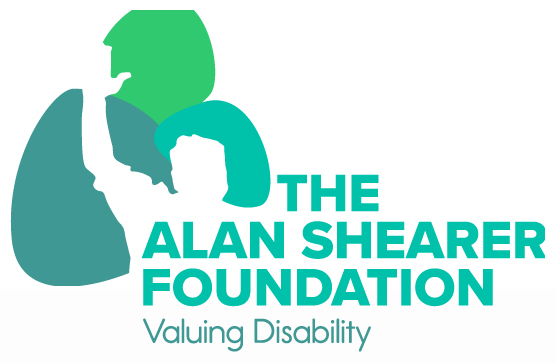UEFA on Wednesday launched a programme to observe the use of standing facilities, which were previously only able to be used for domestic fixtures.
The governing body of European football will look at the use of standing in both domestic and international club games, with the aim of assessing if and under what conditions it may be reintroduced in UEFA competitions in a safe manner.
The Standing Facilities Observer Programme 2022-23 will initially be limited to clubs from the top five associations in the UEFA rankings where standing is already authorised and implemented at domestic level.
🏟️ Did you know that safe standing solutions differ across Europe?
This season, UEFA will observe the use of standing facilities in domestic as well as international club competition matches, to assess if and how standing may be reintroduced to our competitions.
Full story: ⬇️
— UEFA (@UEFA) July 27, 2022
Fans supporting teams in those countries will be allowed to stand for home Champions League, Europa League and Conference League games at each round of the competitions, other than the finals.
Independent experts will be appointed by UEFA to analyse the use of standing, with the task of assessing the different dynamics between national and international supporters and the related safety and security implications.
At the conclusion of the upcoming campaign, UEFA administration will assess the findings of the programme and submit the results to the UEFA Executive Committee, which will decide on any continuation and possible extension of the programme.
This will have an impact on clubs in Germany in particular. For example, Borussia Dortmund’s Signal Iduna Park had a capacity of 65,829 for UEFA matches previously, whereas its capacity for domestic games — including safe standing areas — takes it to 81,365.
In the UK, however, the government’s rules for safe standing dictate that each standing supporter must occupy the same area they would if they were seated, meaning that there will not be any increases in capacity.




